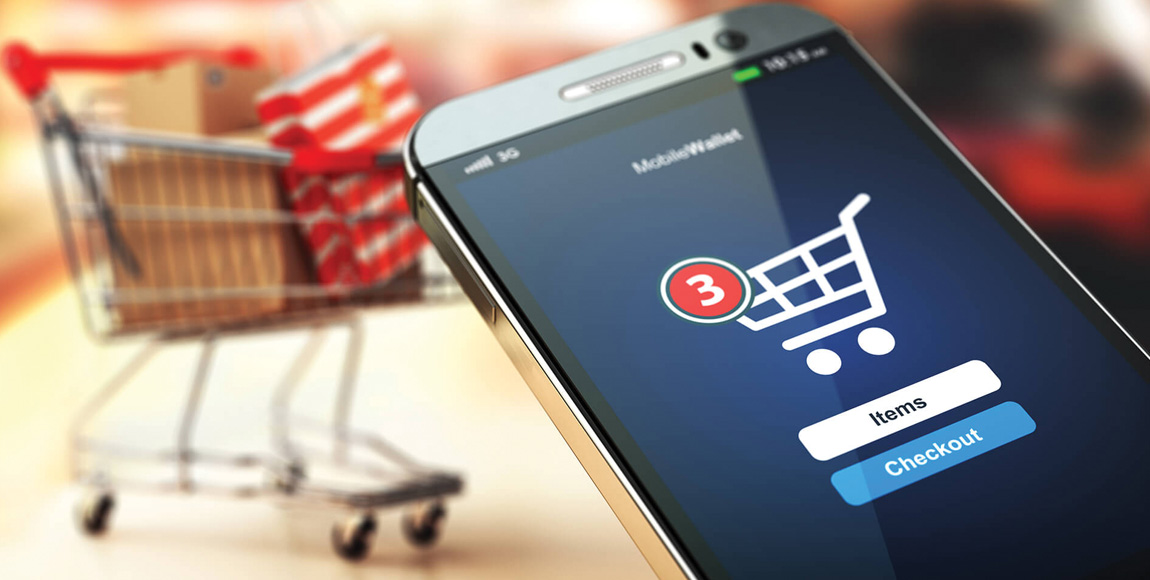The customer is always right…

INBAL AXELROD discusses how customer demands and the evolution of e-commerce are reshaping last-mile delivery.
The digitisation of the shopping experience has led to a disruption of the retail landscape as we know it. Now, more than ever before, customers are demanding delivery solutions that suit their lifestyle needs – and at no extra cost.
For retailers, undertaking to provide last-mile delivery is very complex in today’s market, and requires changes and improvements to be made by all players in the field. Competition is fierce, and if retailers can’t “up their game” and deliver customers their goods in a convenient, personal and speedy manner, then they will simply cease to remain relevant.
As a result, retailers are having to revamp their supply chain and, more specifically, their last-mile delivery, to ensure that all these new expectations are met. So, how do increased customer demands reshape last-mile delivery?
Speed
When e-commerce was first starting out, next-day delivery seemed like a far-off dream. However, in this day and age, next-day delivery is not only fully established, but it’s now not enough. In today’s market, customers want their goods as soon as possible.
With retail giants such as Amazon rolling out same-day delivery, customers now expect no less from all retailers in the industry. According to a study conducted by McKinsey, 25 percent of customers are willing to pay significantly more for same-day or instant delivery – and this number is likely to increase.
Of course, keeping up with this unprecedented pace comes at a cost. While industry giants have the means to provide same-day or instant delivery, it may not be feasible for smaller businesses that will now have to creatively orchestrate their delivery logistics to ensure they remain profitable and don’t fall behind the competition.

Vehicle
The boom in e-commerce has most retailers struggling to manage. These days, the sheer number of deliveries that must be made – on the same day – is stacking up fast. Smaller retailers must find a method to deliver all goods on time, while also delivering a stellar service – or fall behind to established industry giants.
However, recent talk of alternative vehicles (such as drones and autonomous cars) on the horizon has most retailers taking a huge sigh of relief. Their ability to eliminate the regular hassles faced by fleet managers is astounding. Hassles such as driver shortages, driver’s rights, vehicle capacity, vehicle maintenance, and so on, can be thrown out the window, as with alternative vehicles these issues simply don’t apply.
As much as 60 percent of customers have indicated that they are in favour of, or indifferent to, drone delivery. Of course, these vehicles are still being developed and still have a long way to go, but as public opinion regarding these vehicles continues to improve, so will their capabilities.
With their ability to carry more, run 24-hours a day without breaks, and arrive at set times, it’s clear that these vehicles will quickly dominate last-mile delivery in the future. And it’s all due to increased customer demand.
Visibility
Unpredictable demands and customers’ desire for transparency is affecting the delivery industry, especially when it comes to the last mile. This means it’s extremely important to maintain a flexible and agile last-mile delivery system to maintain success. This can be achieved with end-to-end visibility.
With end-to-end visibility, logistics managers are able to track goods at every single point of the supply chain and discover and manage potential issues and delays in real time, in order to be able to manage them effectively. Logistics managers are also able to provide customers with real-time updates on the location of their goods, and an accurate estimated time of arrival.
Conclusion
These are only some of the ways customer demands are reshaping last-mile delivery. As the industry evolves, customer demands and expectations will increase. Retailers will need to find ways to meet these – or risk falling behind.
At the rate last-mile delivery is changing, maintaining an agile and flexible supply chain is key for companies to accomplish their goals, deliver more goods and maintain customer satisfaction.
Retailers and logistics providers must, therefore, be open to new methods that will help them manage all customer expectations in order to stay on top.
Inbal Axelrod is the co-founder and CMO at MyRouteOnline, a multiple-stop route planner that helps make businesses more efficient through route optimisation. With the optimised route, individuals can arrive at all planned destinations at the expected time, avoid backtracking and time-wasting; meaning more customers can be pleased, while saving time and money along the way.
Published by
Focus on Transport
focusmagsa



